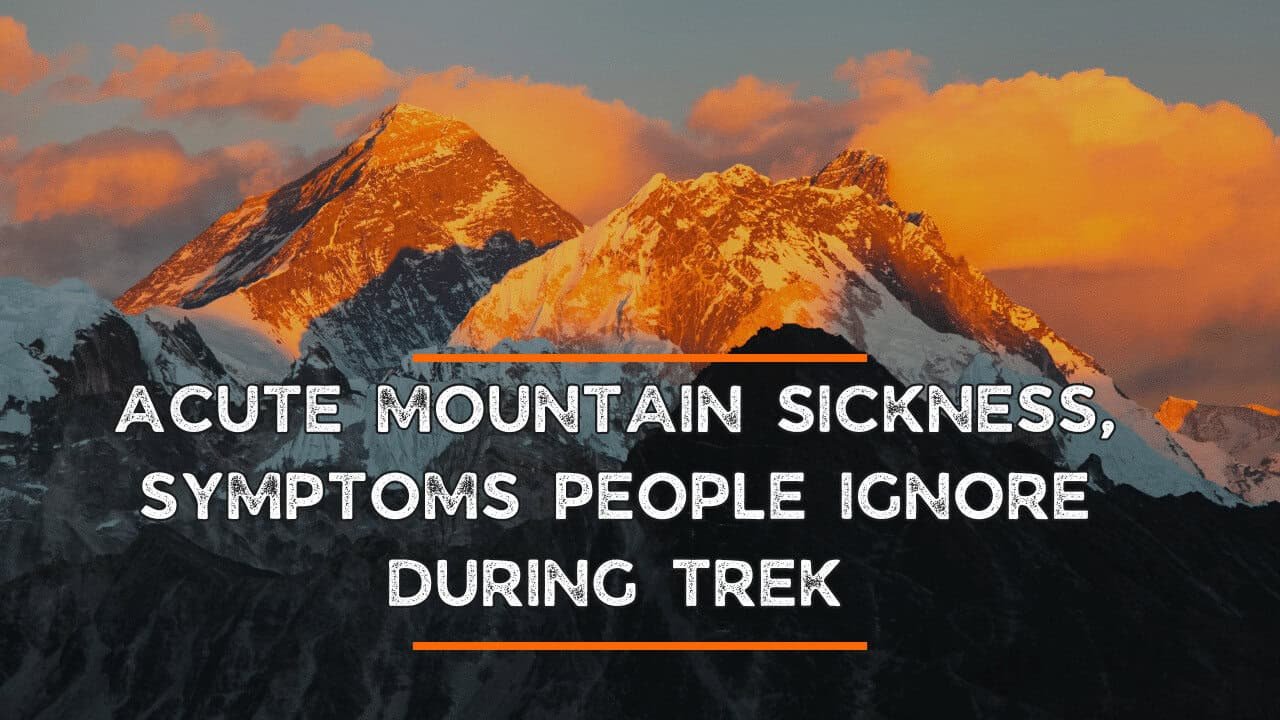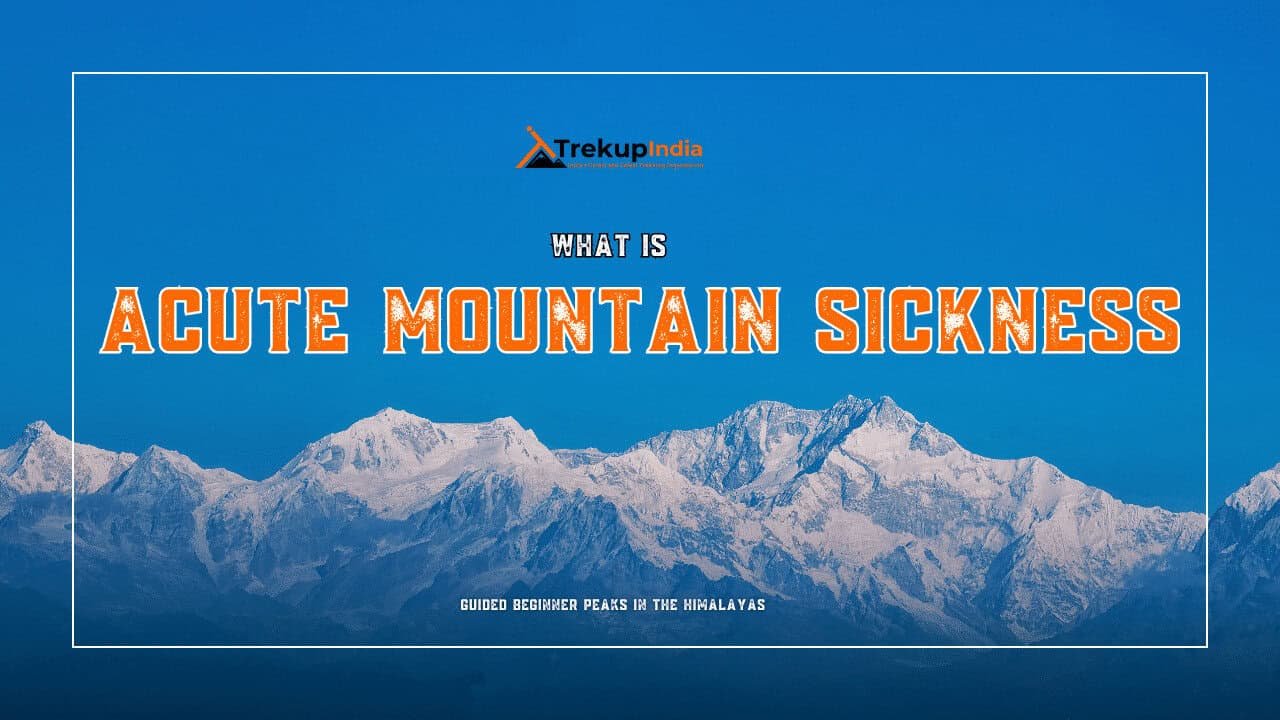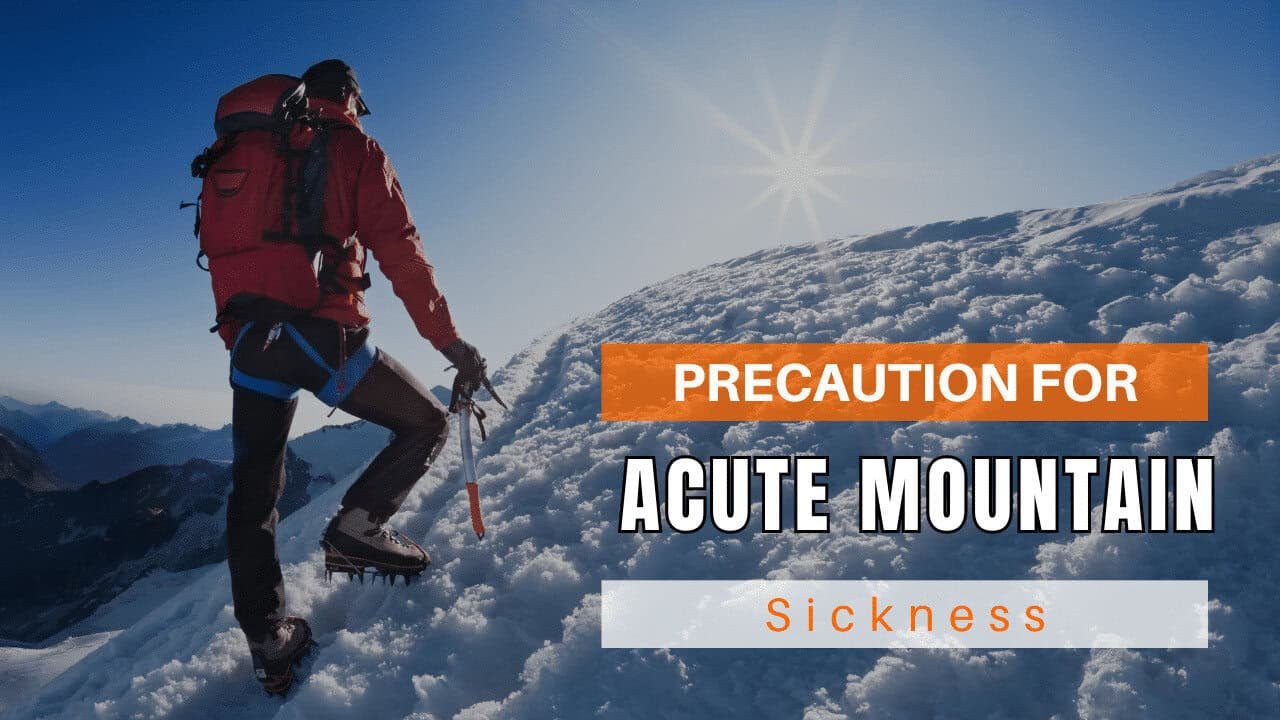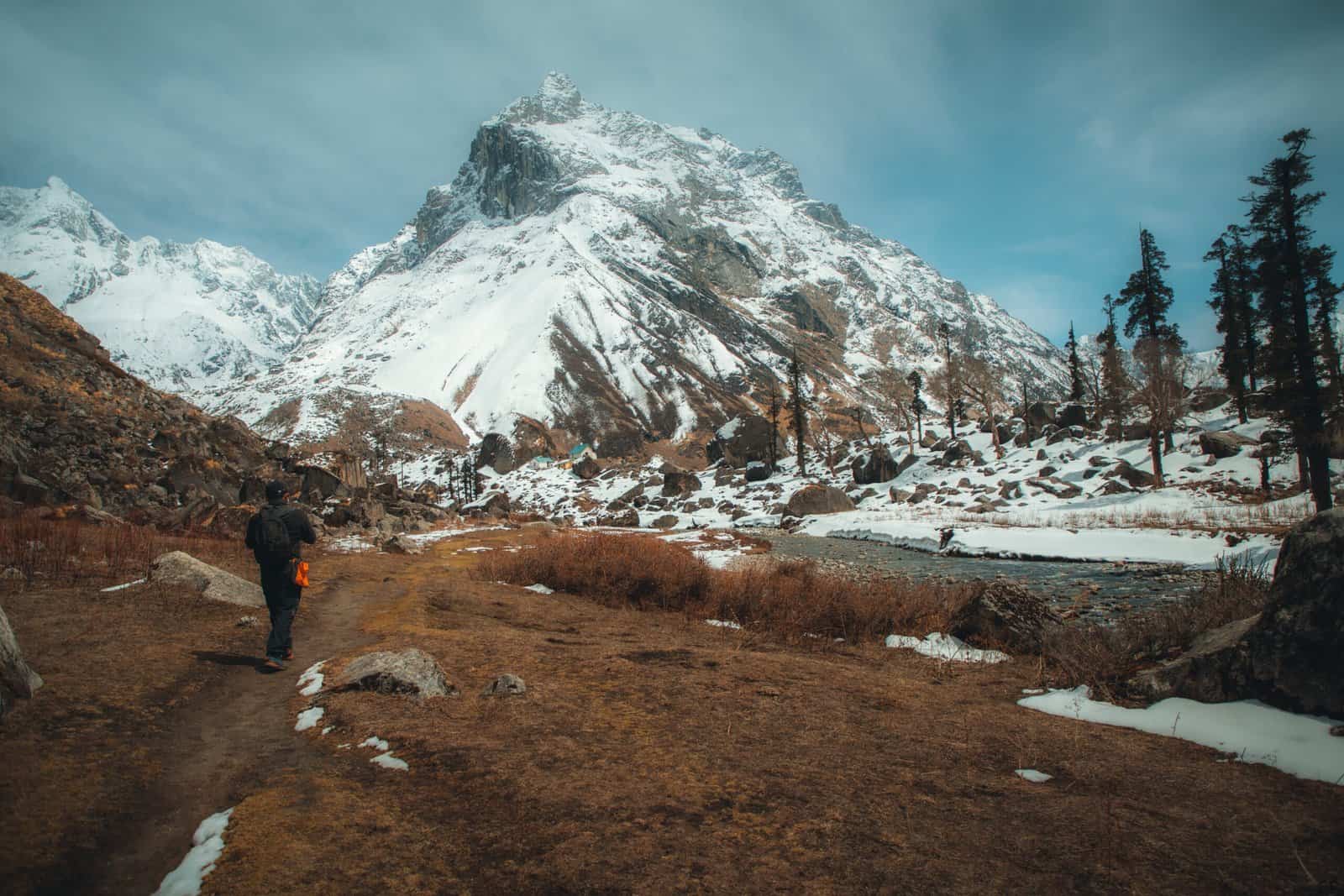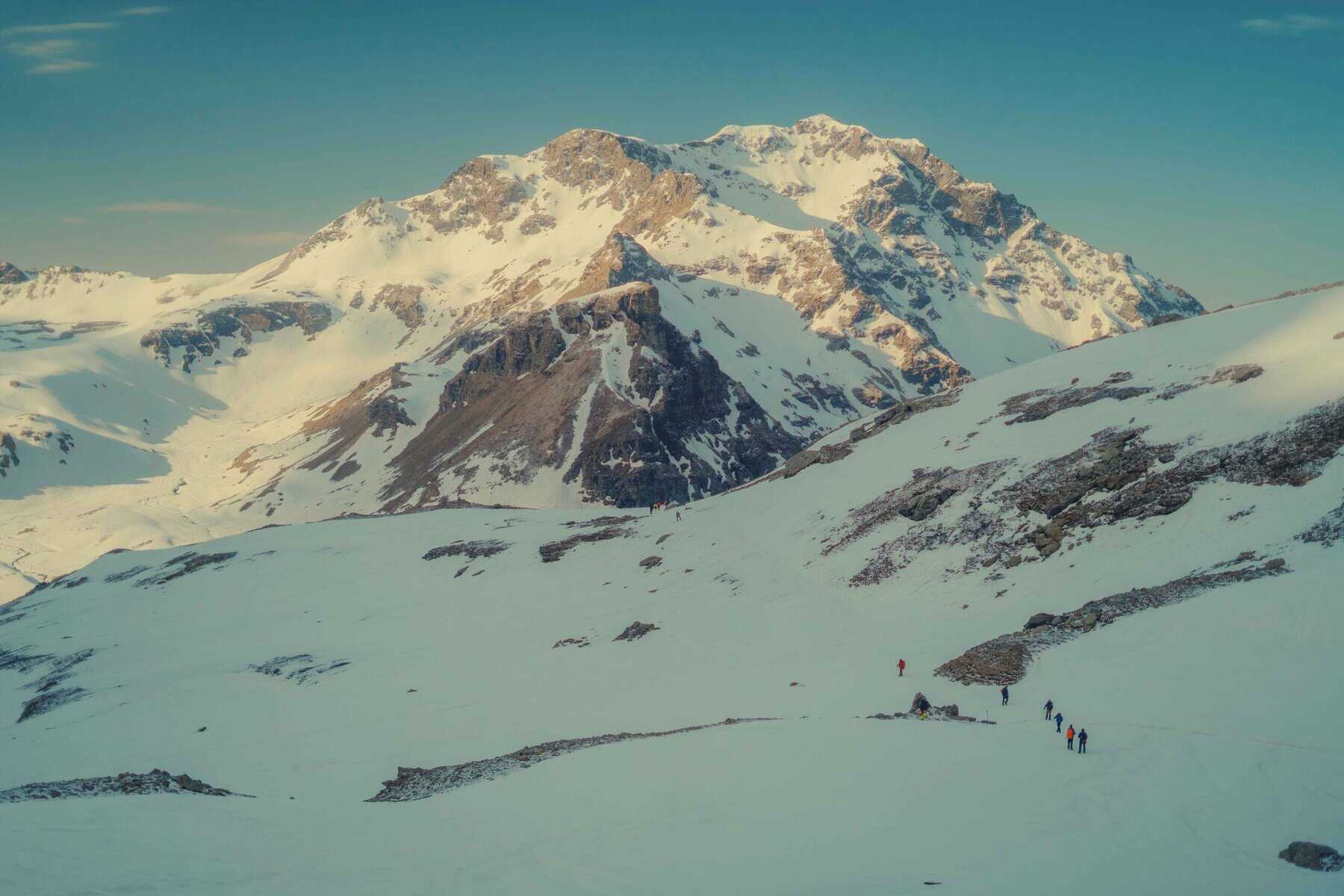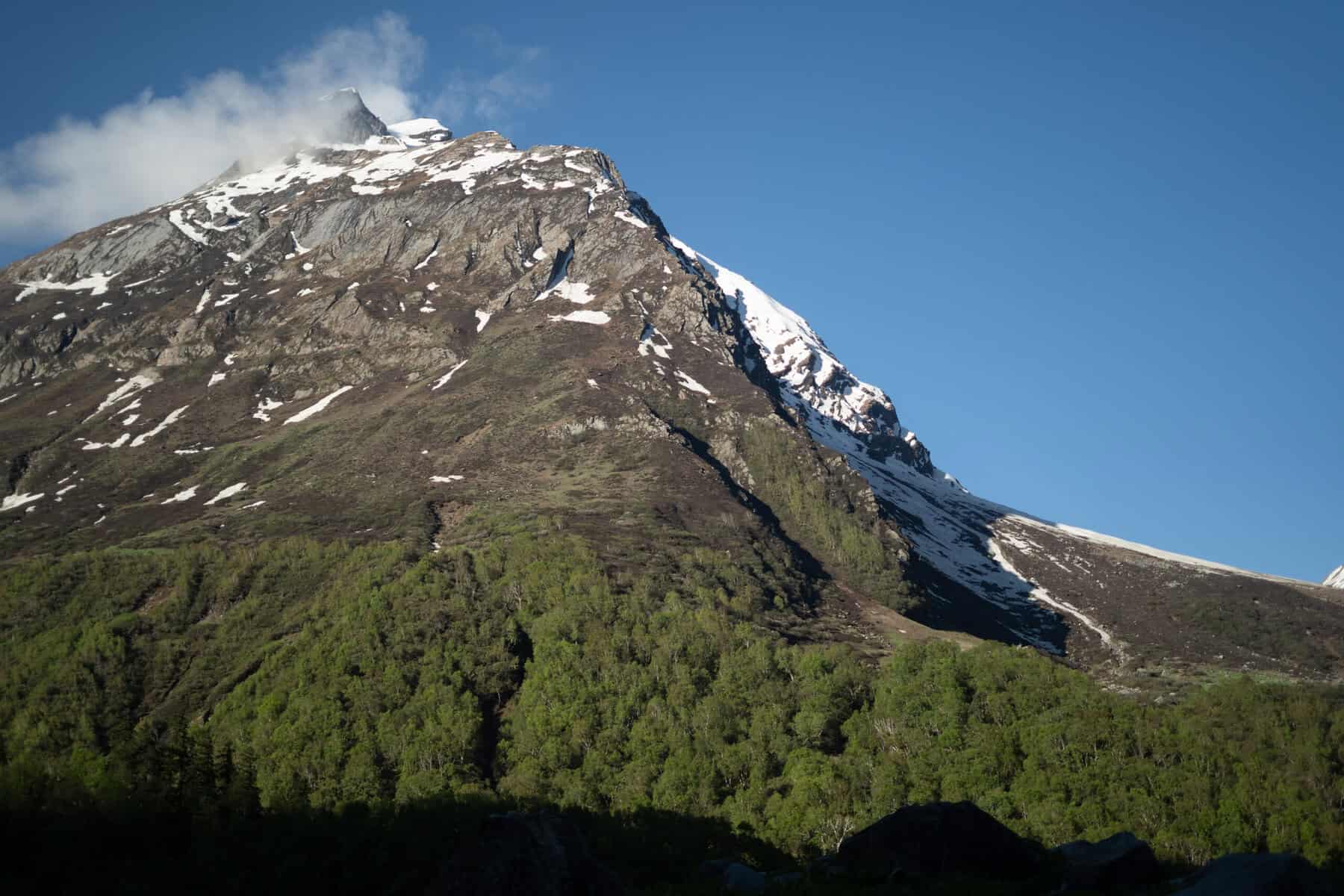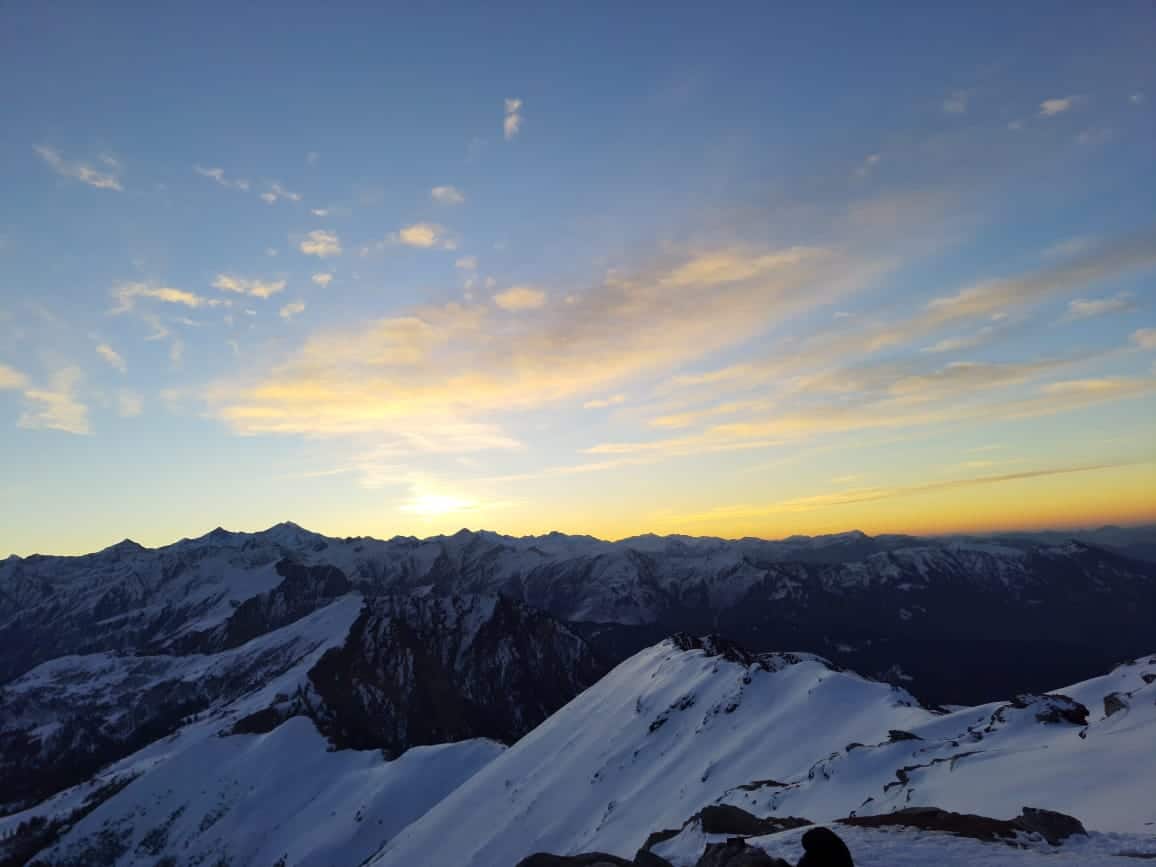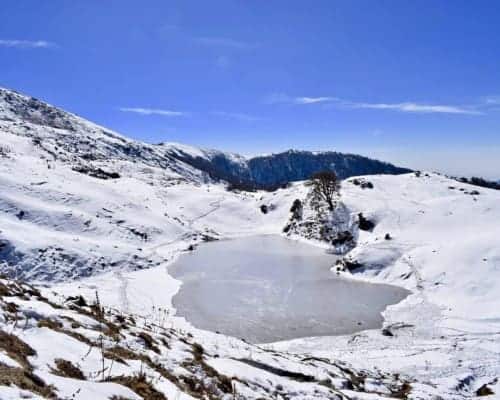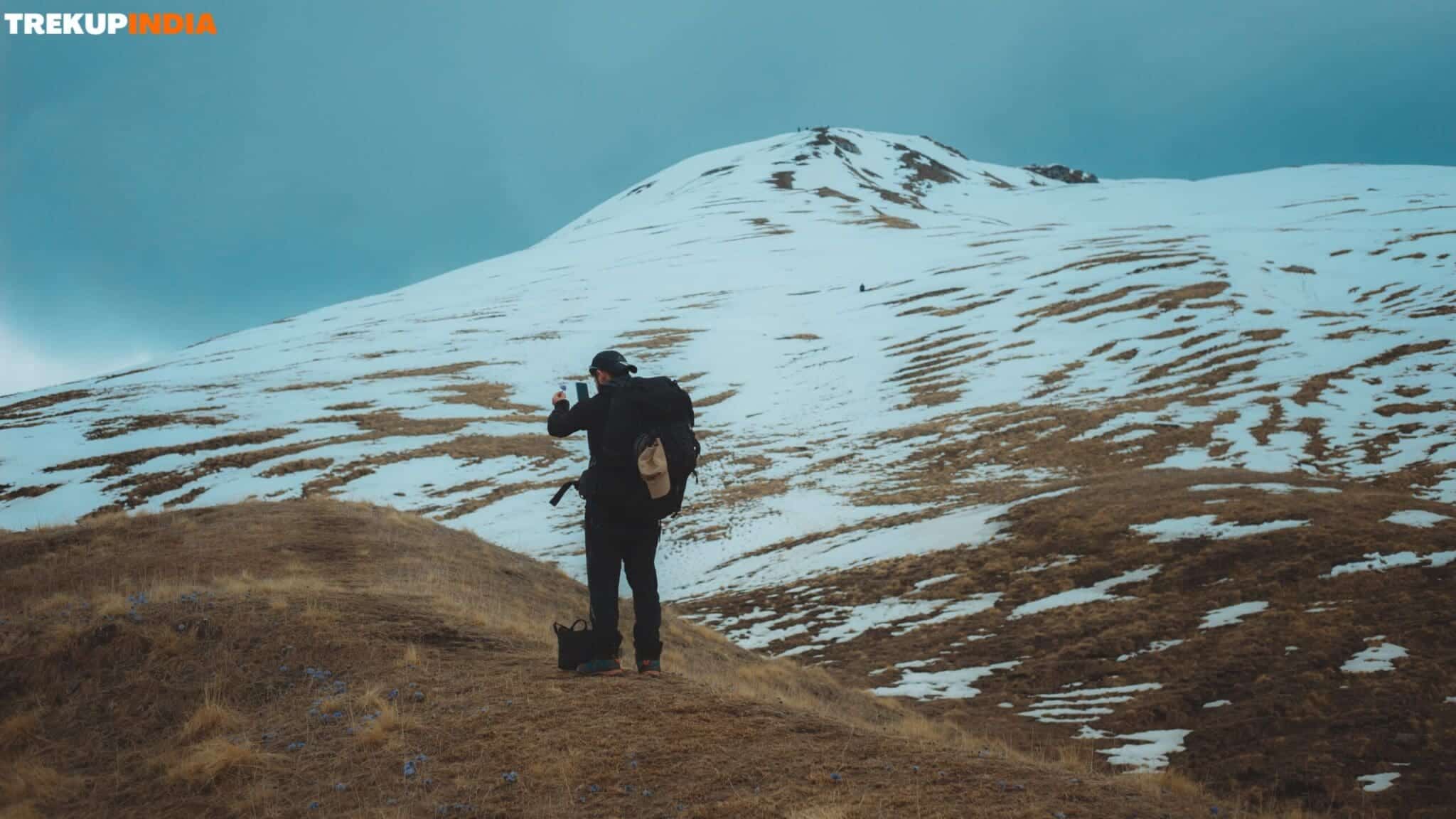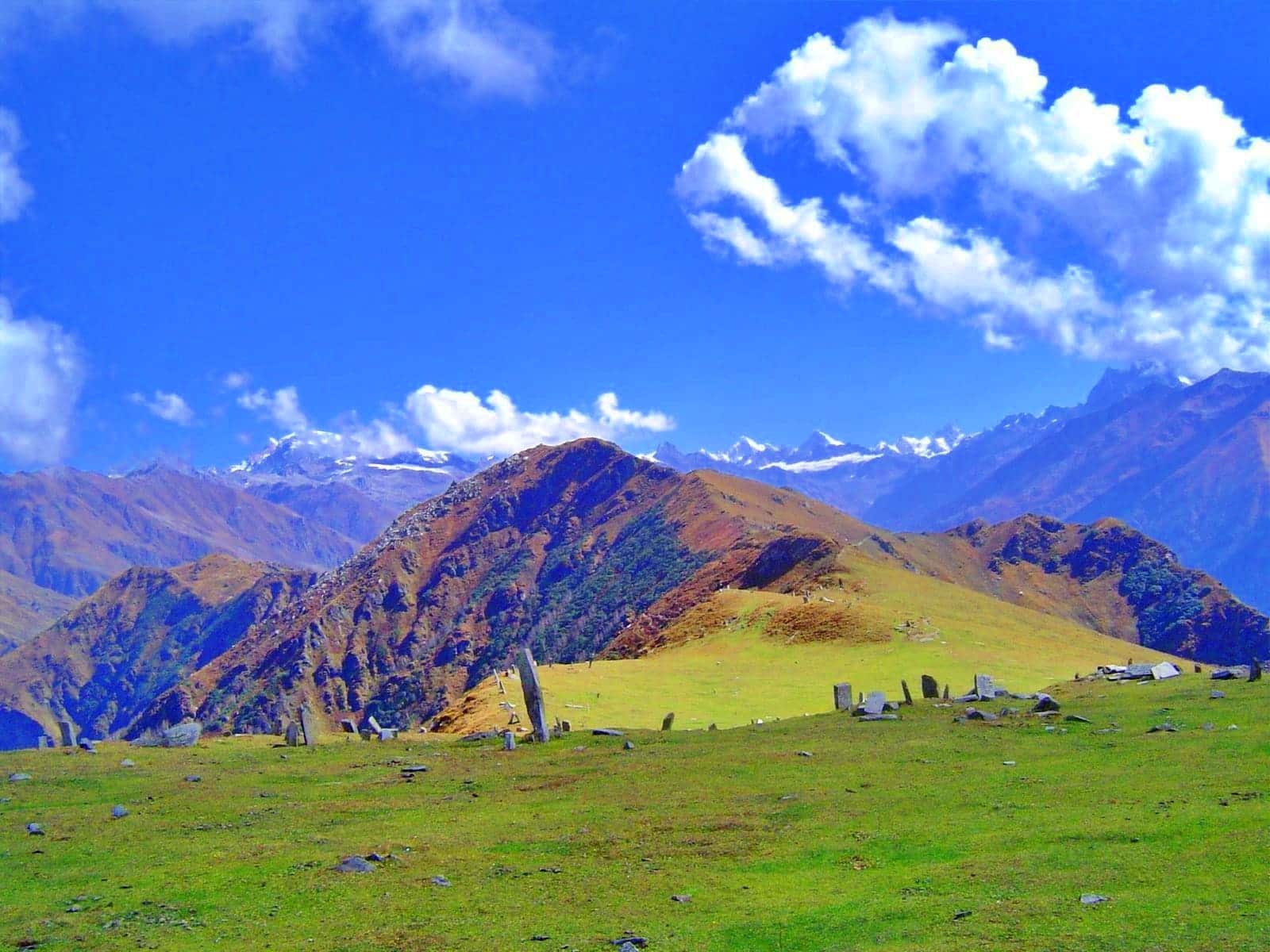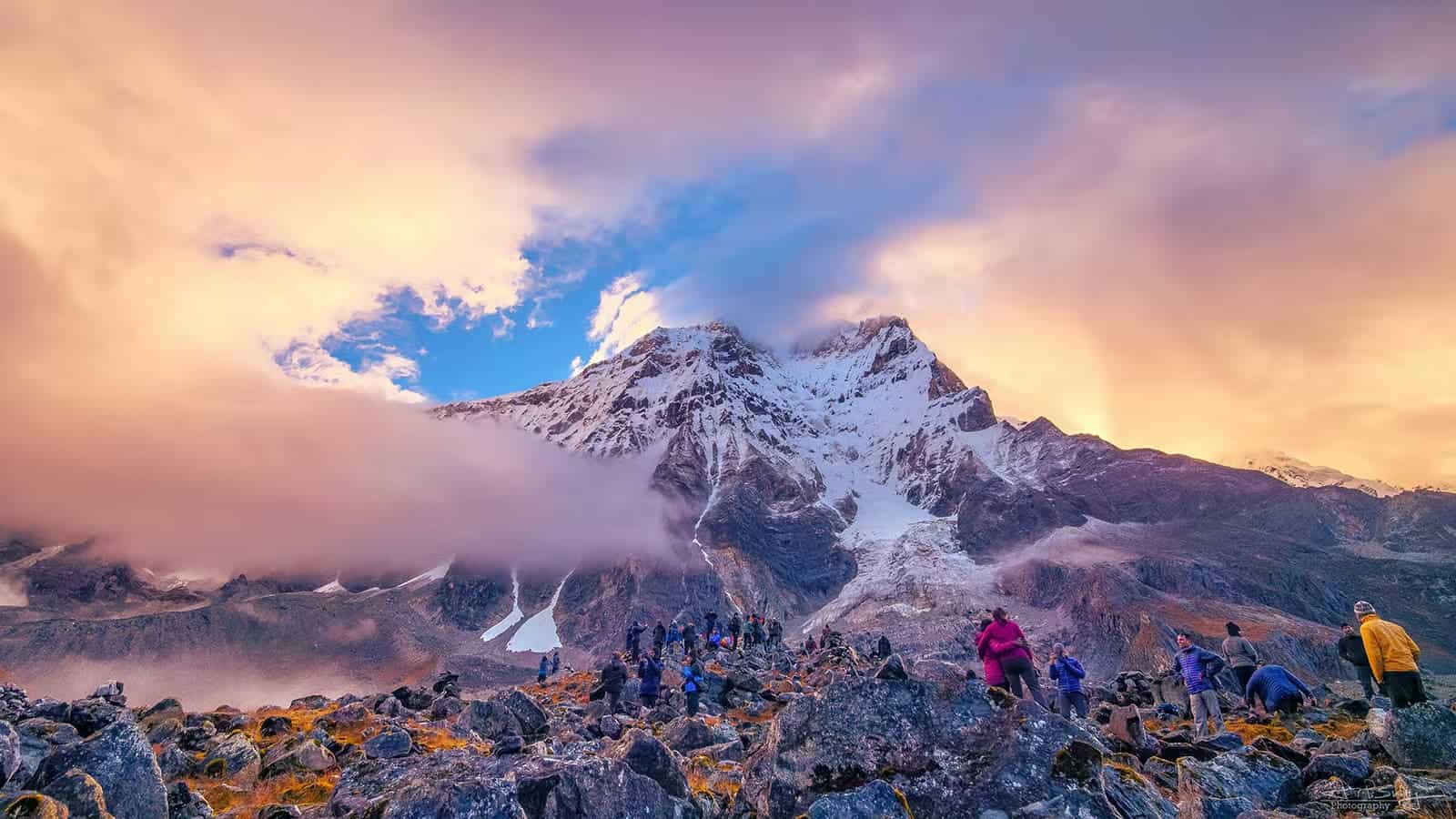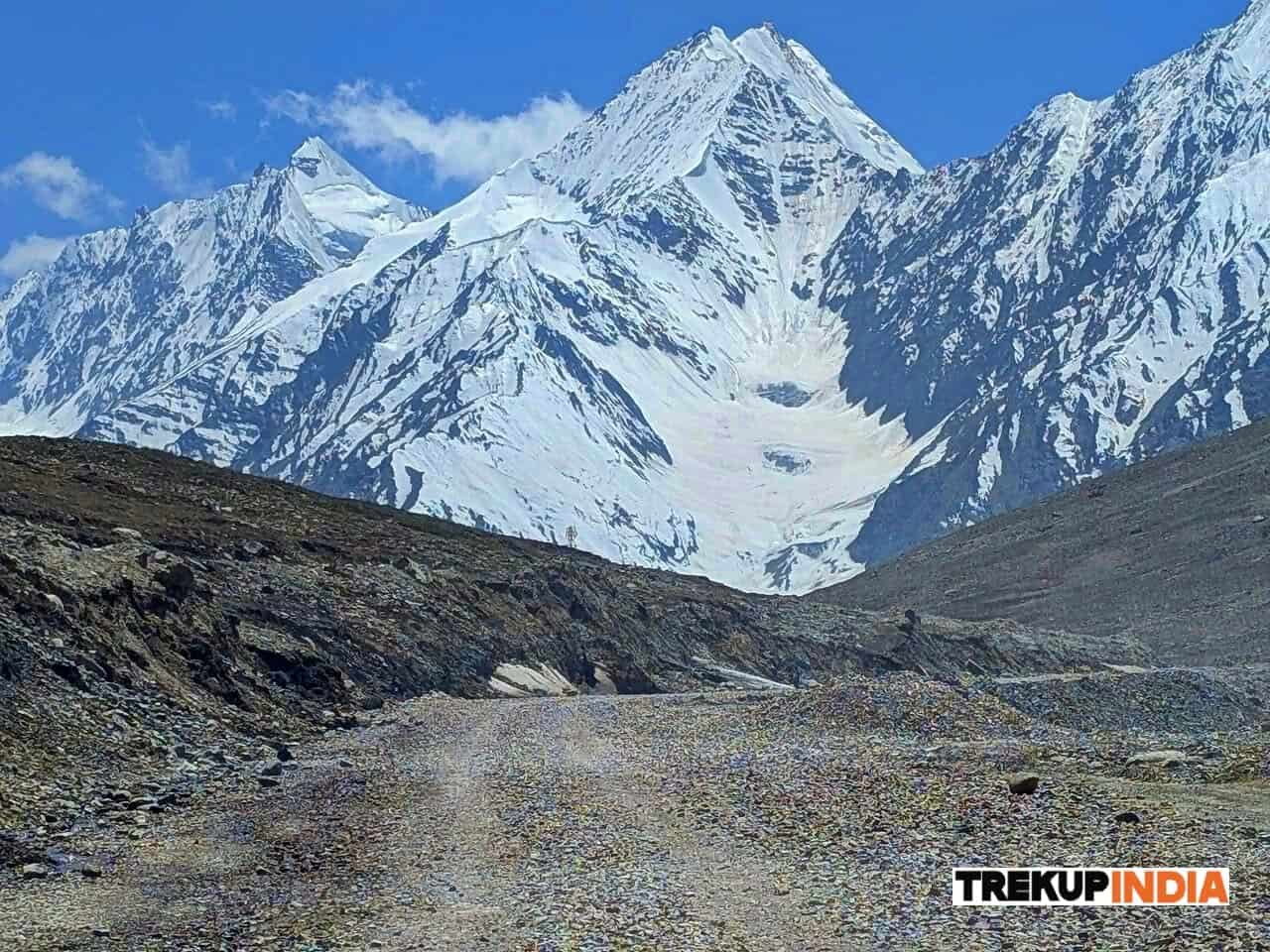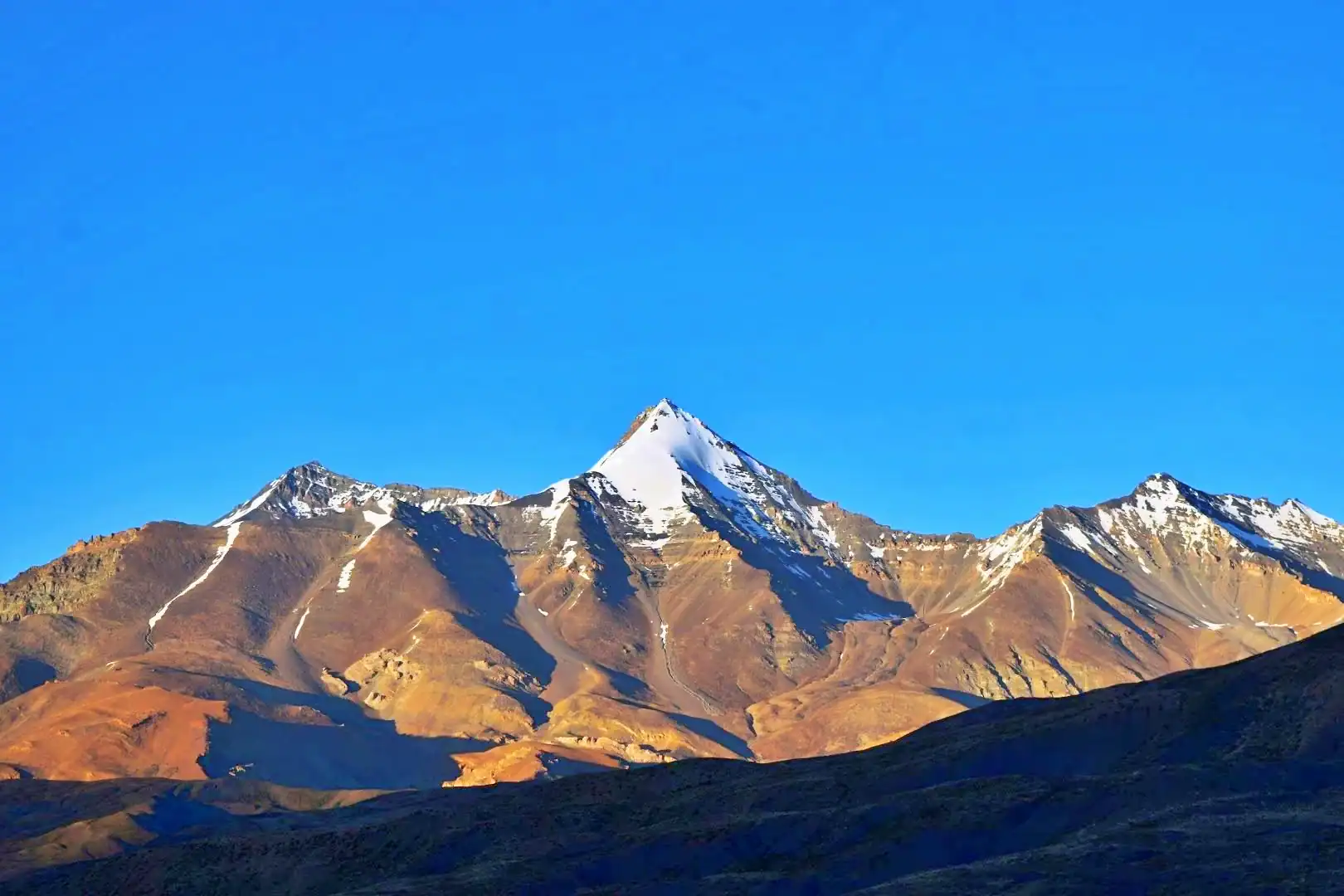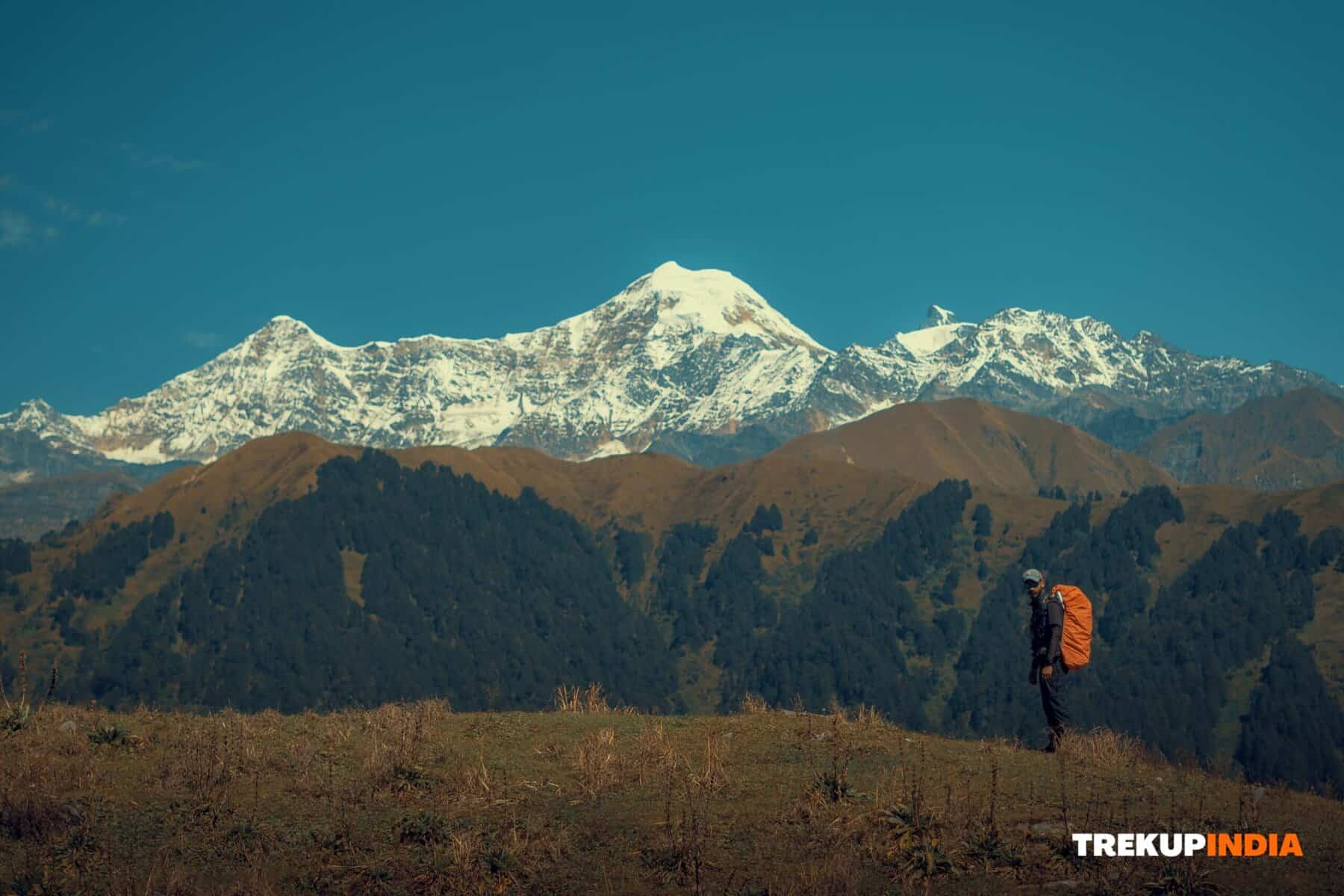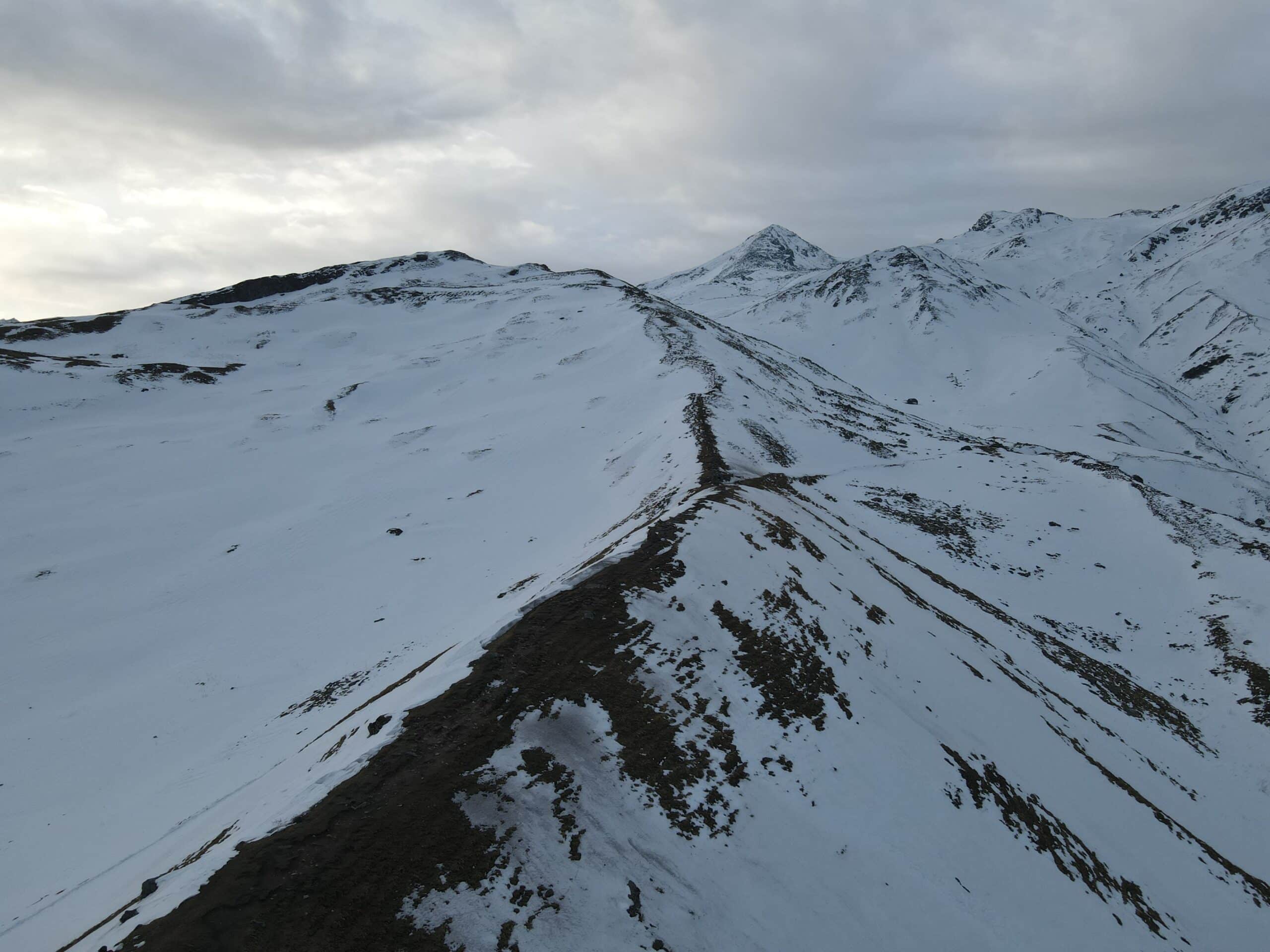Himalayan Trekking Weather Guide: Seasonal Tips for a Safe Adventure
The Himalayas, the name alone conjures images of snow capped giants that pierce the sky, peaceful valleys, and stunning vistas. However, for those who are planning to go on a trek within this magnificent mountain range, there is one thing that dominates: The weather. It’s not only about the comfort of your trek, but it also determines safety and the visibility of your dream destination, route feasibility, and the core of your trekking journey. Being aware of Himalayan climate patterns isn’t a luxury, it’s an essential part of your preparation.
Why Himalayan Weather is Unpredictable & Demanding
- Extreme Altitude – When you ascend to an altitude, atmospheric pressure decreases quickly. This means that the air is thinner and loses heat faster, and the sun’s radiation is significantly stronger (UV levels are very high! ).
- Fast Changes – “Four seasons in a day” isn’t an exaggeration. Sunshine can vanish within minutes, only to be replaced by brutal winds, fog, rain, or snow, particularly at altitudes above 4000 meters.
- Microclimates – The weather can differ dramatically in valleys, passes, and slopes. A bright, sunny day in one valley could mean an icy storm brewing right above the ridge.
- Monsoon Influence – The monsoon season in summer is the dominant force in this region, bringing heavy rainfall and increased risk of landslides or leeches in certain areas.
- Exposed to High Winds – The ridges and the passes are frequently exposed to strong, bone-chilling winds, which significantly increase the chill of the wind.
The Himalayan Weather Calendar: What to Expect & Prepare For
1. Spring (March – May)
- Conditions: The weather is generally steady and is considered to be a prime trekking season. The days are pleasant and warm at lower altitudes and cooler higher up. Nights are cold, particularly at higher elevations. Sometimes, there are showers of snow or rain, particularly later in spring.
- Pros: Clear skies, stunning rhododendron blooms, comfortable daytime temperatures, good trail conditions.
- Con: Can be crowded on popular routes, and lingering snow from high passes at the beginning of the season.
- Professional Tips: Be careful when layering! Pack warm layers for mornings/evenings/high passes and lighter gear for sunny valleys. Sunglasses and sunscreen with a high SPF factor are essential. Prepare for the possibility of late-season snowstorms.
2. Summer/Monsoon (June – Mid-September)
- The weather: Dominated by the Indian monsoon. The heavy rains are most prevalent in the evenings and afternoons. The high humidity, combined with cloud cover that obscures views, and the presence of leeches in forests, all contribute to the challenges. The risk of landslides is increased. Higher, rain-shadowed areas (e.g., Upper Mustang, Ladakh) are exceptions. They receive little rain and are great summer destinations.
- Benefits: Beautiful green scenery, fewer people on non-rain-shadow walks, vivid wildflowers.
- Pros: Persistent rain, slippery trails, mud, the risk of avalanches and landslides, leeches, Limited visibility, and possible route closures.
- Professional Tips: Avoid traditional treks affected by monsoons. If you are trekking in monsoon areas, Waterproof everything (jacket, pants, jacket cover, dry bags for equipment). It is essential to wear clothes that dry quickly. Strong gaiters can help you deal with leeches and mud. Be very flexible, as routes can change daily. Check weather forecasts and local information regularly.
3. Autumn (Late September – November)
- Conditions: Widely regarded as the most beautiful all-season. Post-monsoon clarity can provide incredible panoramic views of the mountains and dry, stable weather. Days are warm and sunny, but the nights are gradually colder, particularly in November. The high passes are usually free of snow from the monsoon.
- Advantages: Clear skies, crystal-clear visibility, steady weather, comfortable temperatures, vivid autumn leaves, and generally secure trail conditions.
- Pros: Peak season crowds on the most popular routes. Nights can get extremely cold in high altitudes as November approaches.
- Pro Tips by Experts: Make reservations for accommodations as well as flights in advance. Bring a serious winter gear pack for the night and high camp (down jacket, thermal layers, gloves, or warm hats). Sun protection remains vital. Take in the view, but get up early to avoid the afternoon breezes on passes.
4. Winter (December – February)
- The weather: Harsh and demanding. Temperatures are frigid, notably at night (-20degC/-4degF or lower in high camp). Short days. A significant amount of snowfall, particularly above 3500-4000m. Passes that are high can be difficult to cross. Extreme wind chill.
- Benefits: The solitude, the starkness, and the beautiful snowy landscapes are original difficulties.
- Cons: Extreme cold, deep snow, avalanche risk, limited open teahouses/guesthouses, shortened daylight hours, many routes/passes closed.
- Expert Tips: For experienced winter trekkers only. Requires specialized gear (4-season tent, high-quality sleeping bag rated for extreme cold, insulated boots, crampons/microspikes). An extensive avalanche awareness/rescue-training course is crucial. Use lower-altitude treks, or specific winter routes (e.g., Kedarkantha, Kuari Pass, Sandakphu, Dayara Bugyal, Brahmatal, and Chopta Chandrashilla Tungnath Trek).
Expert Weather Survival Tips for ANY Himalayan Trek
- Be Prepared for the Weather (But Don’t Rely on It Blindly): Check forecasts regularly before commencing. But always be prepared for adverse weather. Local knowledge (guides and local villages) is often more trustworthy.
- Learn the art of layering. It is a non-negotiable.
- The base layer: Synthetic that wicks moisture, or Merino wool.
- Middle Layer(s): Insulating fleece or synthetic down jacket.
- Exterior Shell: Waterproof and windproof pants and jacket (Gore-Tex or similar).
- Adjust continuously! Add/remove layers as conditions change, so that you don’t sweat (dangerous when it’s cold) and freeze.
- Sun Protection is the most important: High-altitude sun is highly destructive. Pack:
- High-SPF (50+) broad-spectrum sunscreen.
- The lip balm contains SPF.
- Quality UV-protection glasses (wrap-around is recommended).
- A wide-brimmed hat, or a buff/scarf, to protect your neck.
- Hydrate Frequently: Dry mountain air causes dehydration and can worsen the symptoms of altitude illness. Always drink filtered water, even if you don’t feel thirsty. Electrolytes aid in digestion.
- Be Prepared: The severity of altitude sickness is affected by the weather. Wind, cold, and exercise can increase the risk of getting sick. Be sure to follow the proper protocols for acclimatization, such as climbing high, sleeping at a low level; don’t be rushed, and pay attention to your body.
- Wind is your enemy: A strong wind significantly increases heat loss (wind chill). Always have your windproof clothing accessible. Make sure you are protected from skin irritation.
- Be aware of your “Turn Around Time”: Set a precise cut-off for each day’s highest points or passes that reach a certain point (e.g., 11 AM or noon). The weather can deteriorate in the afternoon, which is a common occurrence. Reversing is an indication of wisdom, not insecurity.
- Make sure you invest in good Gear: Don’t skimp on your footwear (broken-in waterproof footwear) as well as a sleep bag (-15 degrees) and a rain jacket. High-quality equipment is safety equipment.
- Employ a reputable trekking company or guide: Experienced trekking companies, such as Trekup India, or local guides have a keen sense of the weather, they know the best routes, and they know the emergency procedures. They’re worth it when the conditions shift.
- Flexibility is key: Have backup plans. Be prepared to take days off for rest because of weather conditions or to change your route, or even end the trek when conditions turn dangerous. The mountains are always there.
The Golden Rule: There’s nothing like bad weather in the Himalayas, only a bad planning and poor choices. If you are aware of the patterns of the seasons and pack carefully, observe the forecasts and local recommendations, and put safety above the thrill of summiting, you significantly increase your odds of having an unforgettable, thrilling, and secure Himalayan Trek. Please make sure you are prepared, trek smart, and let the mountains unfold their beauty according to their own rules.
Best Seasons for Himalayan Treks (By Weather)
Season | Ideal Treks | Key Weather Conditions |
Spring (Mar-April) | Har Ki Dun, Pangarchulla Peak, Phulara Ridge, Dayara Bugyal, Chopta Chandrashilla | Melting snow, blooming flora, moderate temperatures |
Summer (May-Jun) | Bali Pass, Gaumukh Tapovan, Goechala, Hampta Pass, Bhrigu Lake, Rupin Pass | Clear skies, warm days, high footfall |
Monsoon ( Jul-Mid. Sept) | Valley of Flowers, Kashmir Great Lakes, Tarsar Marsar, Pin Bhabha Pass, Bhrigu Lake, Hampta Pass, Chandrabhaga Glaciers Trek, Chandrakani, Beas Kund | Rainy, but surreal landscapes in bloom |
Autumn (Oct–Nov) | Bali Pass, Gaumukh Tapovan, Goechala, Hampta Pass, Bhrigu Lake, Rupin Pass, Kedarkantha, Brahmatal, Chopta Tungnath, Kuari Pass, Sandakphu, Dayara bugyal | Crisp air, clear skies, less crowd |
Winter (Dec–Feb) | Kedarkantha, Brahmatal, Chopta Tungnath, Kuari Pass, Sandakphu, Dayara bugyal, Chadar Trek | Snow-covered trails, extreme cold |
About Author

Preetam Singh Rawat (Founder)
The person behind this trekking organization is someone who’s spent over a decade – 12 years, to be exact – living and breathing the mountains. With multiple high altitude summits under his belt (we’re talking 6000 to 7000 meter peaks), he’s not just experienced – he’s the real deal.
But what really sets him apart is the sheer number of treks he has guided. He has led over 200 Himalayan expeditions, including well known routes like Bali Pass, Buran Ghati, Rupin Pass, Pin Bhabha, Stok Kangri, and Black Peak. Not just once, but multiple times. So yeah, when it comes to the Himalayas, he knows every twist in the trail and every story the mountains have to tell.
Got questions or want to get in touch? Write to Preetam at preetam@trekupindia.com. He’s always happy to chat about treks, answer your questions, or help you prepare for your next big adventure.
Share this article
Dates For Upcoming Treks
Want To Trek Like Pro?
Basically, watch these videos if you want to trek the same way professional trekkers do and make your skills better. These videos contain useful tips and techniques to further improve your trekking skills itself. These videos actually help both new and experienced trekkers improve their trekking skills. These videos definitely provide useful tips that make your trek better. We are seeing that these videos by Trekup India experts will only help you make your trekking skills better.
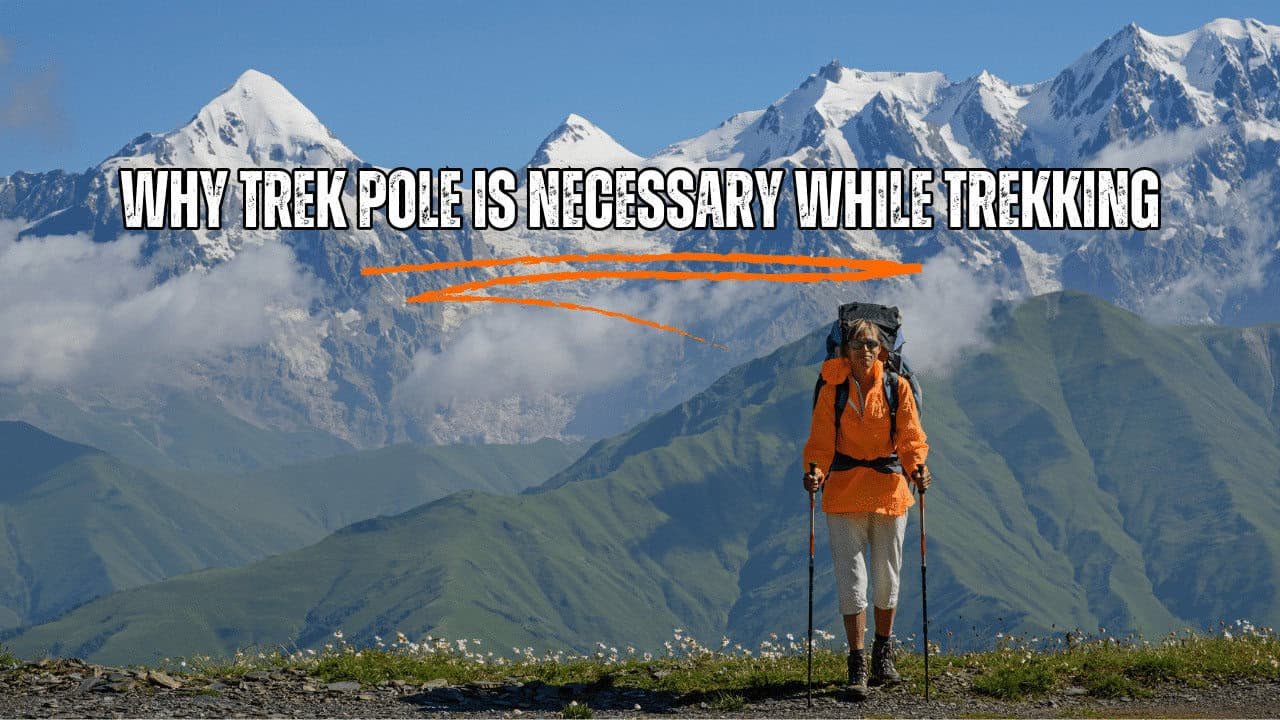
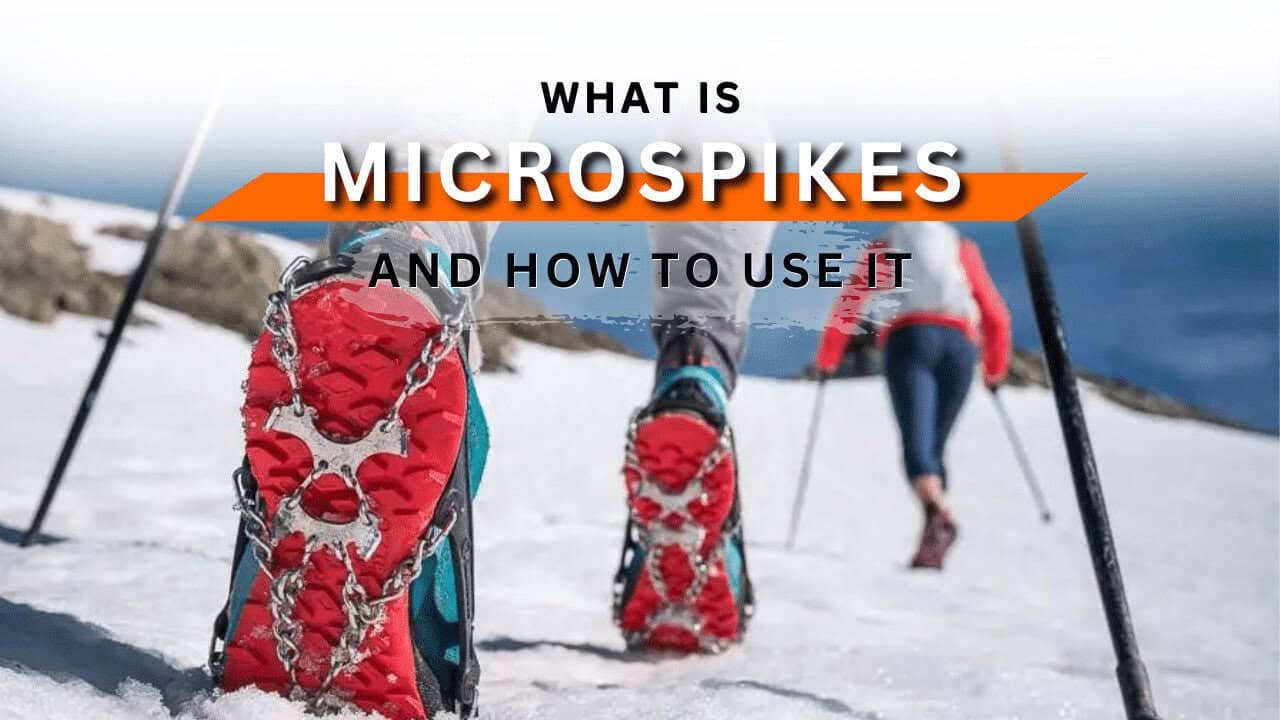
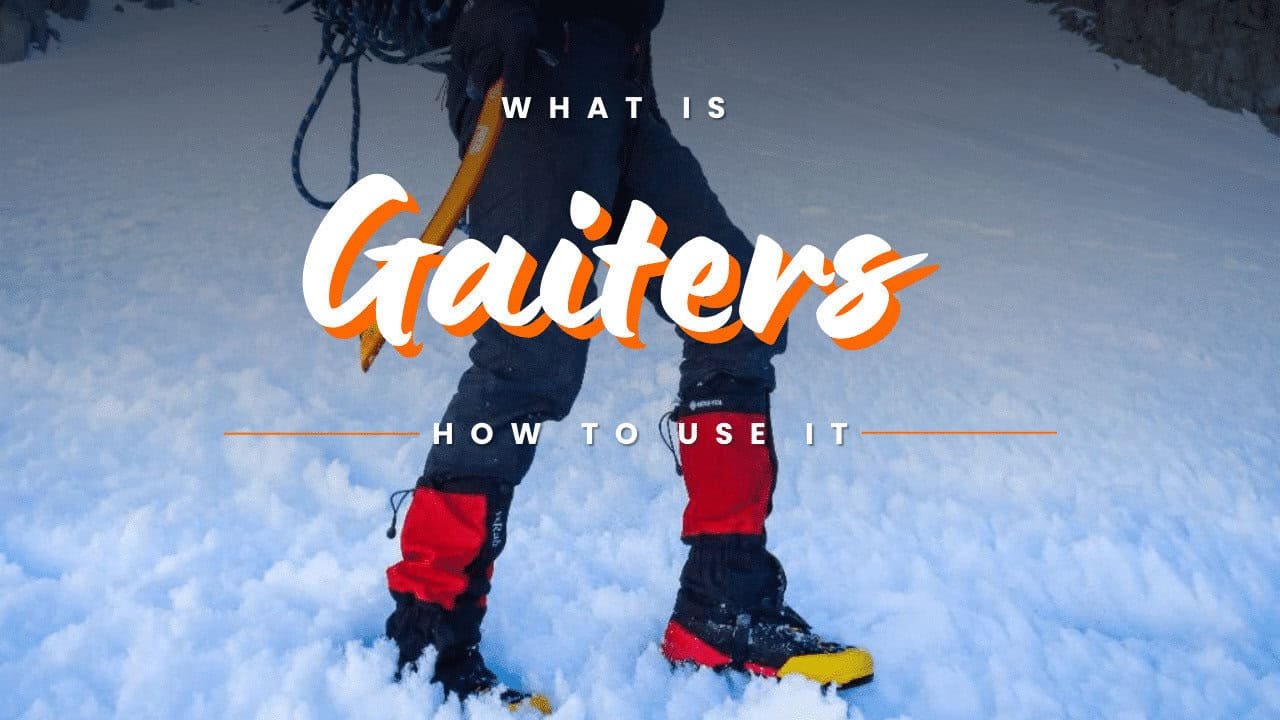
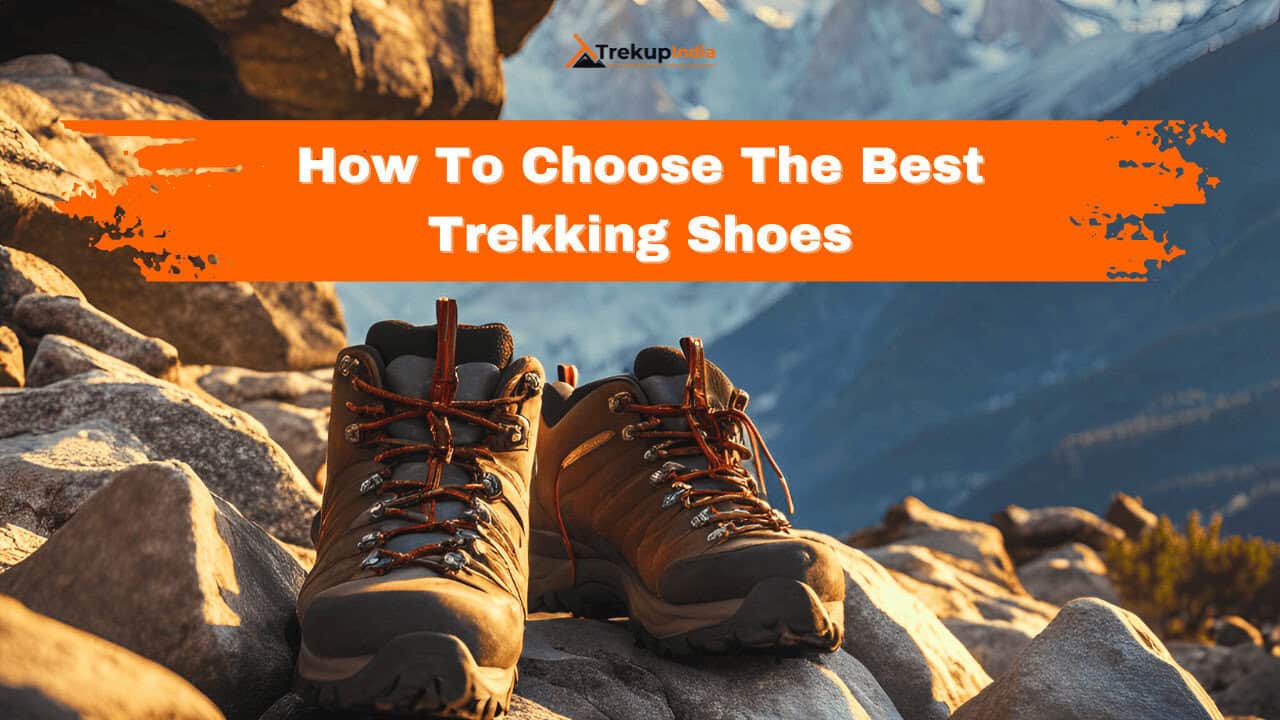

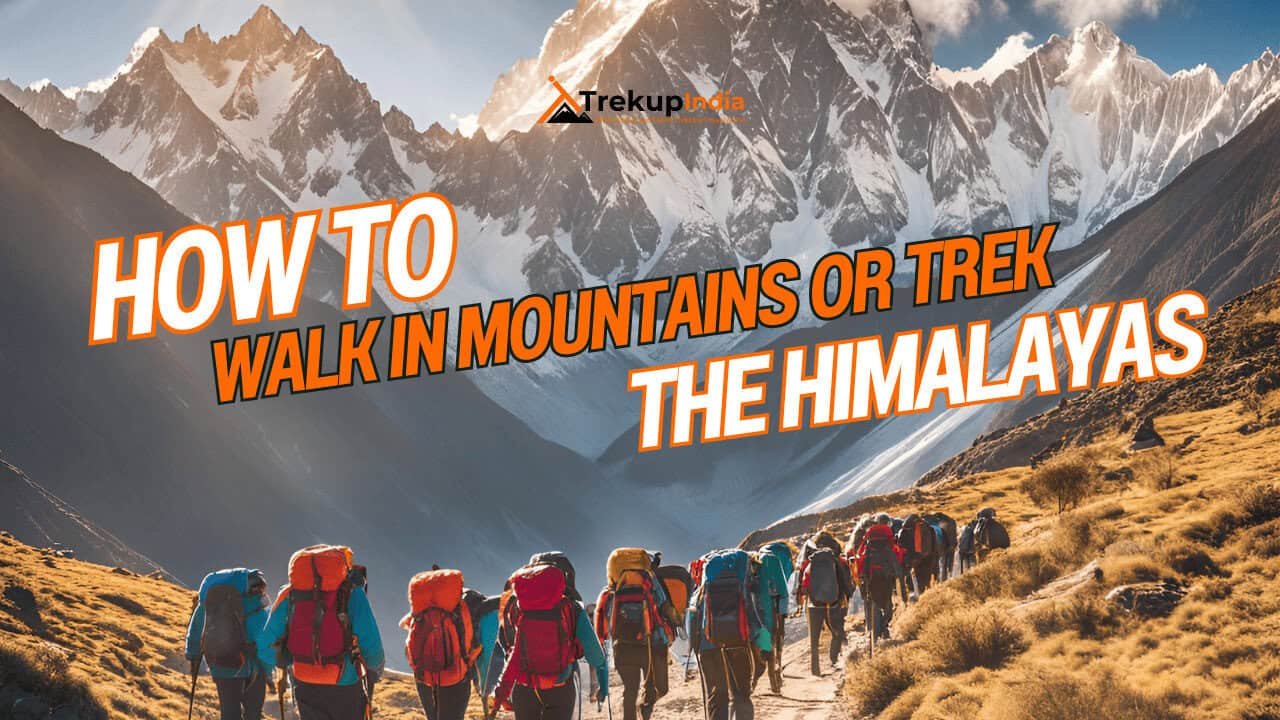

Know Everything About Acute Mountain Sickness
Acute Mountain Sickness occurs when people trek to high altitudes above 8,000 feet. This condition itself develops further due to reduced oxygen levels at such heights. Basically, as you go higher up, the air pressure and oxygen levels decrease, which causes the same problem. Acute Mountain Sickness surely causes headache, nausea, vomiting, and dizziness in affected persons. Moreover, peoples also experience difficulty in sleeping during this condition. To avoid mountain sickness, you should actually trek up slowly to higher altitudes. To learn further about this condition itself, watch the videos by Trekup India.
